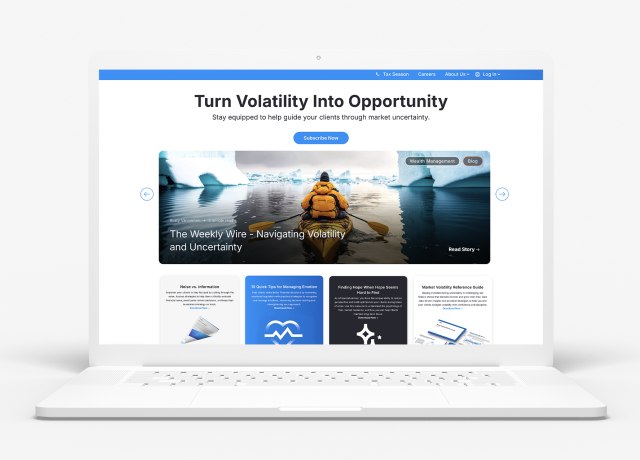When we put together our annual Wealth Planning Trends, we try to find topics and stories that financial advisors can discuss with all the different types of clients they serve. In past years we’ve talked about how golf carts might allow for more holistic financial planning conversations or how insect migration patterns might prompt a review of a client’s asset allocation.
This year, we’re going to discuss the Super Bowl, asset values, and the so-called “silver tsunami.” Read on to find out how advisors can use these topics to engage with clients throughout the year and help them stick to their financial plan.
The Super Bowl
You may assume I’m referencing the match between the Kansas City Chiefs and the Philadelphia Eagles and the estimated 100 million Americans who watched the game on February 9. However, the “super bowl” we’re referring to here is the Super Bowl of Tax.
Approximately 153 million people file tax returns annually, so this might be the biggest game in town.1 The showdown in this “Super Bowl” stems from the Tax Cuts and Jobs Act (TCJA) and its scheduled sunset on December 31, 2025. If the TCJA is allowed to sunset, it has been estimated that taxes could increase for 62% of Americans.2
We have already seen a number of ideas and proposals related to the TCJA from the Trump administration as well as the House Ways and Means Committee. A few of the most interesting (in my opinion) include:
- Change, repeal, or eliminate the State and Local Tax (SALT) cap/deduction
- Eliminate the home mortgage interest deduction
- Eliminate the deduction of interest on student loans
- Eliminate tax on tips
- Eliminate the estate tax (referred to as the “Death Tax” in this case)
- Lower the corporate tax rate to 20% or 15%
It remains to be seen which, if any, of these proposals make it into the final tax bill, but it is important for advisors to be aware of how these potential changes could affect their clients’ tax situations. If nothing else, the “Super Bowl of Tax” provides advisors with the opportunity to have more in-depth conversations with clients about tax goals and tax efficiency. It also serves as a good reminder that they are thinking holistically (including taxes) when creating investment and financial plans for clients.






























